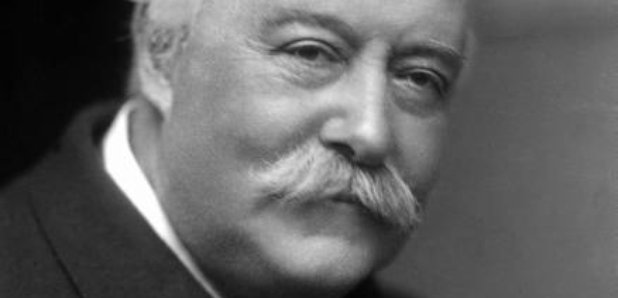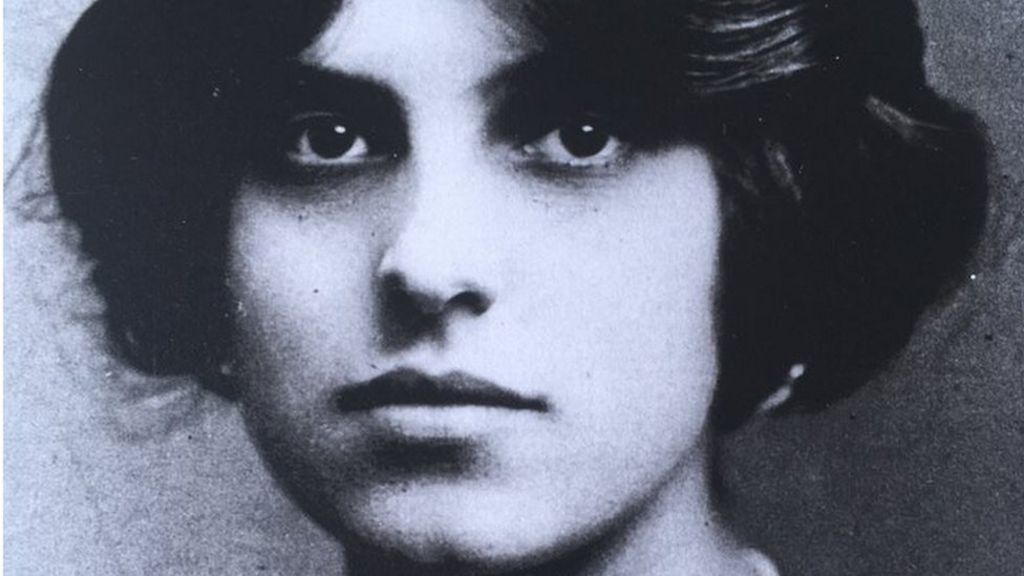 |
| Strauss Salomé : Asmik Grigorian (photo Ruth Walz) |
Richard Strauss Salomé from the Salzburg Festival, conducted by Franz Welser-Möst, a powerful interpretation of an opera which defies easy answers, performed and produced with such distinction thast it suceeds on every level. The words "Te saxa Loquuntur" (The stones are speaking to you) are projected onto the stage. Salzburg regulars will recognize this as a reference to the rock foundations on which part of the city is built, and the traditions the Festival represents. In this opera, the characters talk at cross-purposes, hearing without understanding. The phrase suggests that what might not be explicitly spoken might have much to reveal.
Behind a gauze sceen, a madonna figure with lace veil and golden crown materializes, laying down her veil. Dark figures appear, crushing the veil and crown underfoot. Princess Salomé ( a sensational Asmik Grigorian) enters. "Wie schön ist die Prinzessin Salome heute Nacht!" sings Narraboth (Julien Prégardien, vocally recognizable even beneath the makeup), his lines repeating in different patterns. Dark swelling chords surge from the orchestra, Salomé puts on the veil and crown. Like the Madonna she's worshipped (by Narraboth) but later treated as a whore (by Herodes - John Daszak). Horns and trombones call from the pit, heralding the voice of Jochanaan (Gábor Bretz).
This staging (by Romeo Castellucci) manages to depict the multiple levels in the opera as a coherent whole. Instead of depicting the dungeon as an underground cavern, it uses the simple device of a black hole projected onto the stage, from which Jochanaan emerges, first garbed as a mythic beast hardly visible against the blackness behind him. The hole is nearly always present, breaking into the marble and mirror glass neatness of the palace. Later it will serve as a technical device disguising quick scene changes. This is perceptive since the opera itself deals with the way Jochanaan's presence unsettles Salomé, and the way the subconcious intrudes into consciousness. Bretz holds aloft a circular object, like an opaque mirror.
Mirror images abound. Salomé speaks at Jochanaan with images of beauty proliferating in nearly every line, swiftly changing and moving, Grigorian singing with good rhythmic deliberation, almost as though she was already singing the dance of veils. As Salomé moves in on Jochanaan to kiss him, the orchestra wails in horror. "Du bist verflucht." sings Bretz, with malevolent force "Du bist verflucht, Salomé!" Welser-Möst brings out the strident dissonace, brasses blaring and exhaling - not unlike over-excited human screams. Then Grigorian dances, slowly, in time to the music, her legs exposed. It's explicitly erotic, though chaste. Tubas and baleful bassoons announce the entry of Herodes and Herodias (Anna Maria Chiuri) and their retinue, stepping over Narraboth’s corpse, unperturbed. More characters at cross-purposes. "Hört ihr es nicht?" "Ich höre nichts" Clarity in the singing makes the exchanges bristle with tension. This was particularly effective in the interaction between Herodes and the Jews and Nazarenes. They too are "dancing" games of non-communication. When the voice of Jochanaan blasts through again, Bretz cuts through, firm and direct.
A monolith marked "Saxa" is shifted, revealing Grigorian, now in a silk shift, looking vulnerable. But something has changed in her. Her lines are now fierce, almost monotone, rising to maniacal savagery. Now she's seen in a circle, surounded by white liquid. No whitewash, not milk so much as the symbolism of the moon of which she sang before she encountered Jochannan "Ja, wie die Schönheit einer Jungfrau, die rein geblieben ist." Herodes grows more insistent, and the red paint, covering Daszak’s face like a mask, melts away, staining his clean white shirt. "Ich will den Kopf des Jochanaan" sings Grigorian, her vouce rising to wild crescendo. Still, Herodes prevaricates, his lines disintegrated into horrified fragments. Welser-Möst hold nothing back, defining the turbulence with its sharp brass alarums and thunderclaps of percussion. Grigorian alternates between ferocity and tenderness, searching lines reaching out, then receding into regret. A tour de force performance, made even more moving by the sensitive filming which picks up the emotion in her expressive face. The dancing here is in the voice part and the music swirling around it: Grigorian embraces the headless corpse of the prophet, seated like a Babylonian statue, carved in stone. "Ich habe ihn geküsst, deinen Mund", she sings against a luminous orchestral background which rises to strange, unsettling valediction. And so Salomé dies, her head poking from a hole in the ground, as if on a silver platter.
This is a production of surreal, esoteric beauty, so full of subtle detail that it will, in time, reveal even more depths. Kudos to the dramaturge Piersandra Di Matteo. But it also reveals extremely high levels of musicianship, both in the singing and orchestral playing. Since it is co-sponsored by ORF, 3sat and UNITEL in co-operation with Wiener Philharmoniker and the Salzburg Festival, no doubt a DVD will be forthcoming. In which case grab it.











+COOPER.jpg)
+COOPER-1.jpg)
+COOPER.jpg)
+COOPER.jpg)
